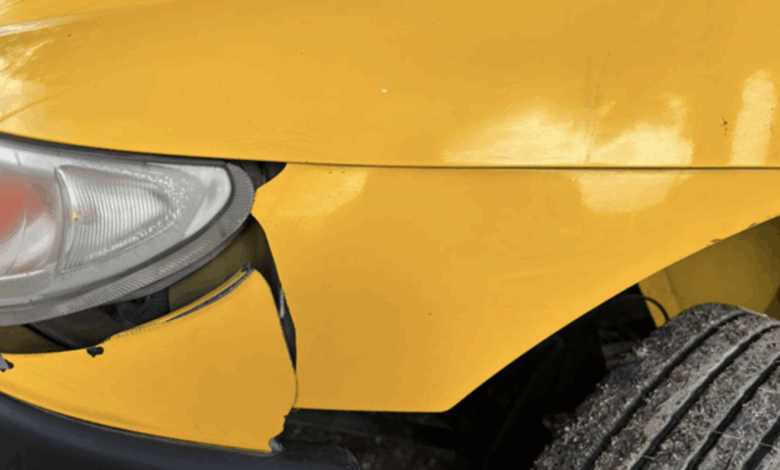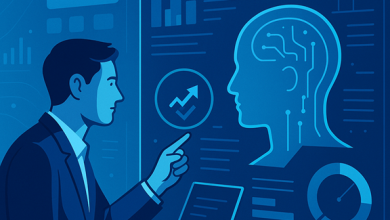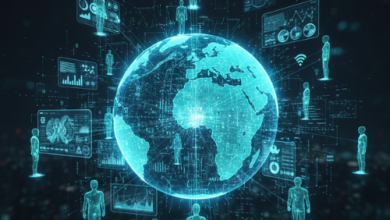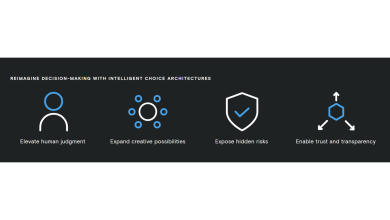
Today’s drivers have to navigate an increasingly complex web of roads, distractions, and directional changes that can raise the risk of accidents. Since human error is a main contributor to road accidents, finding ways to use technology to mitigate risks has been a significant advance. Thanks to artificial intelligence (AI), drivers and city planners alike are able to take preventative measures that can cut down on accidents.
Keep reading to learn about six AI technologies that are cutting road accidents and how they work.
- Driver Monitoring Systems
When a driver gets tired behind the wheel, the potential for a dangerous collision goes up. Fortunately, AI-powered driver monitoring systems have intervened to alert individuals when they’re starting to show signs of sleepiness behind the wheel. These systems use sensors to monitor a driver’s face and eyes, sounding an alarm that can prevent the worst from happening. Cameras serve as an additional support to capture a driver’s behavior behind the wheel. Drivers and car insurance companies alike can benefit from these tools.
These systems can assist individual drivers, as well as fleet managers responsible for trucks and delivery vans. Adding these systems to vehicles can keep drivers safe and prevent vehicle damage. Even with the benefits, it’s important to be mindful of concerns connected to driver monitoring systems. Privacy can be spotty, so companies should establish policies
- Better Emergency Responses
Despite efforts to drive defensively, car accidents remain a reality. But AI has helped nurture better triage systems, resulting in faster responses to emergencies. Sensors and health data gathered from a vehicle can determine the severity of an accident. And that enables the right emergency crew to arrive at the scene.
If drivers are aware of these systems, they can tap into them, helping their outcomes following a crash. And when automated systems are connected with local EMS services, that only enhances communication efforts. Even with better triage systems, drivers still need to know how to handle the aftermath of a car accident, especially if involved in a rideshare-related situation. A Los Angeles Uber and Lyft accident lawyer can help drivers gather evidence, negotiate with insurance, and secure a better outcome.
- Vision-Based Camera Systems
While cameras are already commonplace in most cars today, the latest versions are even better. Vision-based systems are equipped with AI to help drivers see individuals crossing the streets or nearby vehicles. Warning alerts, lane-keeping alarms, and preemptive braking help keep drivers safe on the roads before an accident happens. Drivers should be aware that these systems are not perfect, however. If the weather or lighting is bad, systems don’t always pick up on potential threats.
- Urban Crash Forecasting
It’s not just individual drivers benefiting from AI enhancements. Cities are using AI for predictive crash forecasting. They can look at weather, traffic patterns, and the frequency of accidents in a given area. They can also pinpoint particularly dangerous roads or intersections where improved signage or other interventions are needed.
Sometimes adding speed bumps or traffic signals can make a difference in an area prone to accidents. Or trimming the speed limit can help curtail accidents. City planners just need to remember that all tech tools need ongoing refreshes and updates. Cities should work with rideshare companies and other delivery fleets to help source the best data on city driving conditions.
- Driver Habits Tracking
AI can follow driving habits through smartphone apps to detect anything from braking tendencies to phone use and distracted driving. When drivers are connected to this AI-driven tech, they can self-correct. As a bonus, they can get coaching from the apps to reduce their risk of accidents in the future. Drivers should recognize that these tools are meant to improve safety, and fleet managers should tap into the data they track for fleet driver accountability.
- Adaptive Traffic Signals
AI has improved traffic signals, as well. Although they typically run on timers, AI-powered traffic signals can adjust the timing based on current traffic patterns. When traffic is heavier, for instance, speeding up green lights moving in one direction may help alleviate congestion. Improving traffic flow can cut down on likely red light runners and, more broadly, accidents. Cities should test adaptive signals in high-impact areas first before implementing them everywhere.
Tapping into AI’s Power
AI technologies are supporting better driving habits and safer roads. Driver habit tracking, urban crash forecasting, and stronger triage systems are among the top innovations contributing to a healthier driving environment. Yes, these systems are imperfect. But with ongoing refinement and careful rollouts, drivers and cities stand to benefit greatly from AI’s impact on driving.




